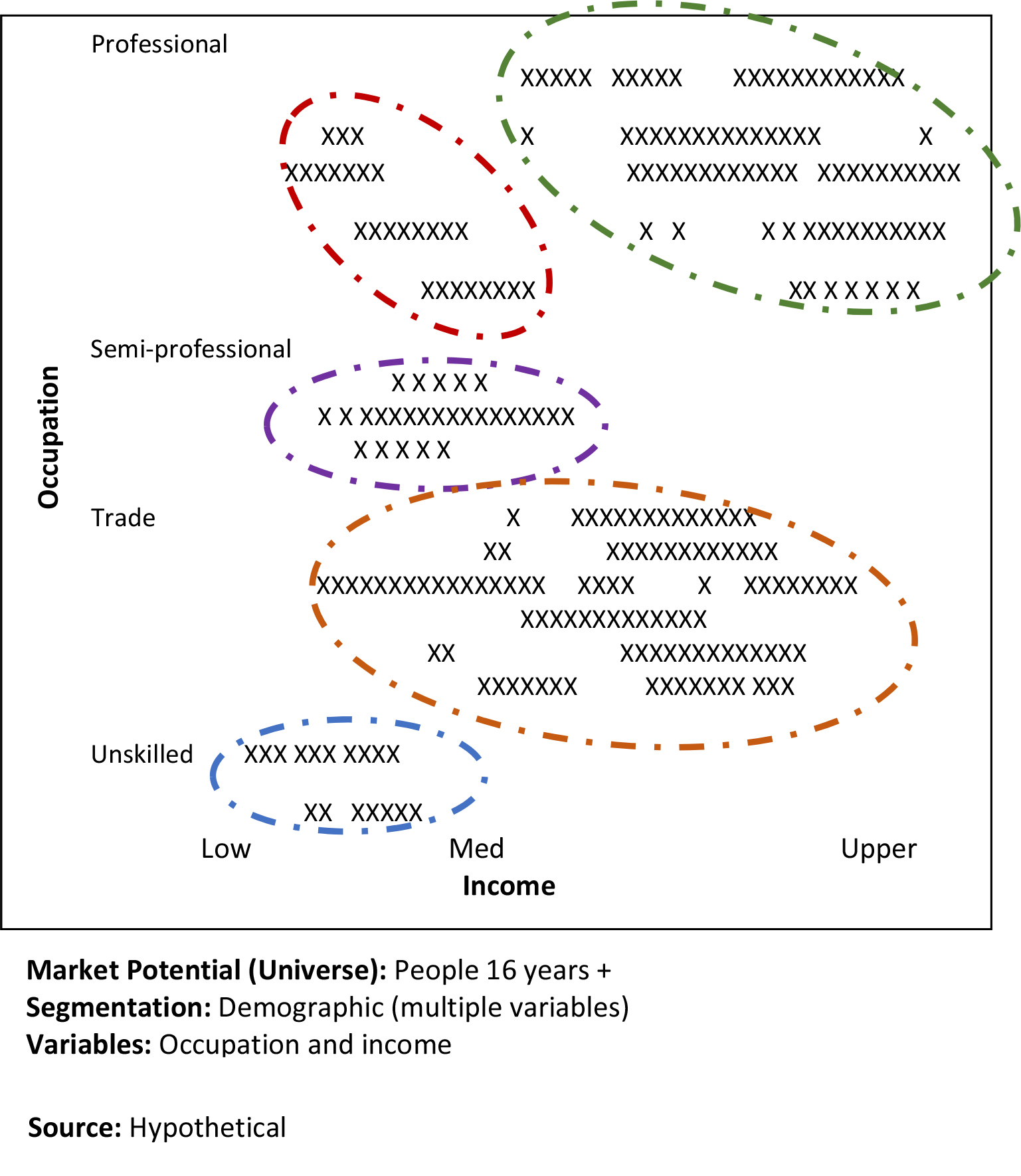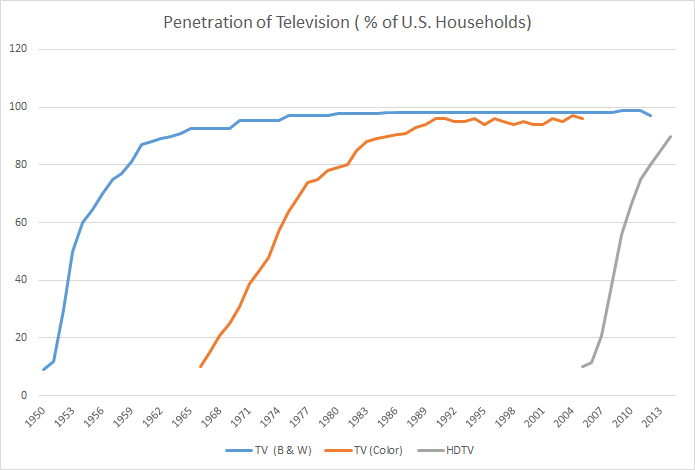Market segmentation
Enlarge text Shrink text- LC data base, 1/17/91.
In marketing, market segmentation or customer segmentation is the process of dividing a consumer or business market into meaningful sub-groups of current or potential customers (or consumers) known as segments. Its purpose is to identify profitable and growing segments that a company can target with distinct marketing strategies. In dividing or segmenting markets, researchers typically look for common characteristics such as shared needs, common interests, similar lifestyles, or even similar demographic profiles. The overall aim of segmentation is to identify high-yield segments – that is, those segments that are likely to be the most profitable or that have growth potential – so that these can be selected for special attention (i.e. become target markets). Many different ways to segment a market have been identified. Business-to-business (B2B) sellers might segment the market into different types of businesses or countries, while business-to-consumer (B2C) sellers might segment the market into demographic segments, such as lifestyle, behavior, or socioeconomic status. Market segmentation assumes that different market segments require different marketing programs – that is, different offers, prices, promotions, distribution, or some combination of marketing variables. Market segmentation is not only designed to identify the most profitable segments but also to develop profiles of key segments to better understand their needs and purchase motivations. Insights from segmentation analysis are subsequently used to support marketing strategy development and planning. Many marketers use the S-T-P approach; Segmentation → Targeting → Positioning to provide the framework for marketing planning objectives. That is, a market is segmented, one or more segments are selected for targeting, and products or services are positioned in a way that resonates with the selected target market or markets.
Read more on Wikipedia >
 Topic
Topic








